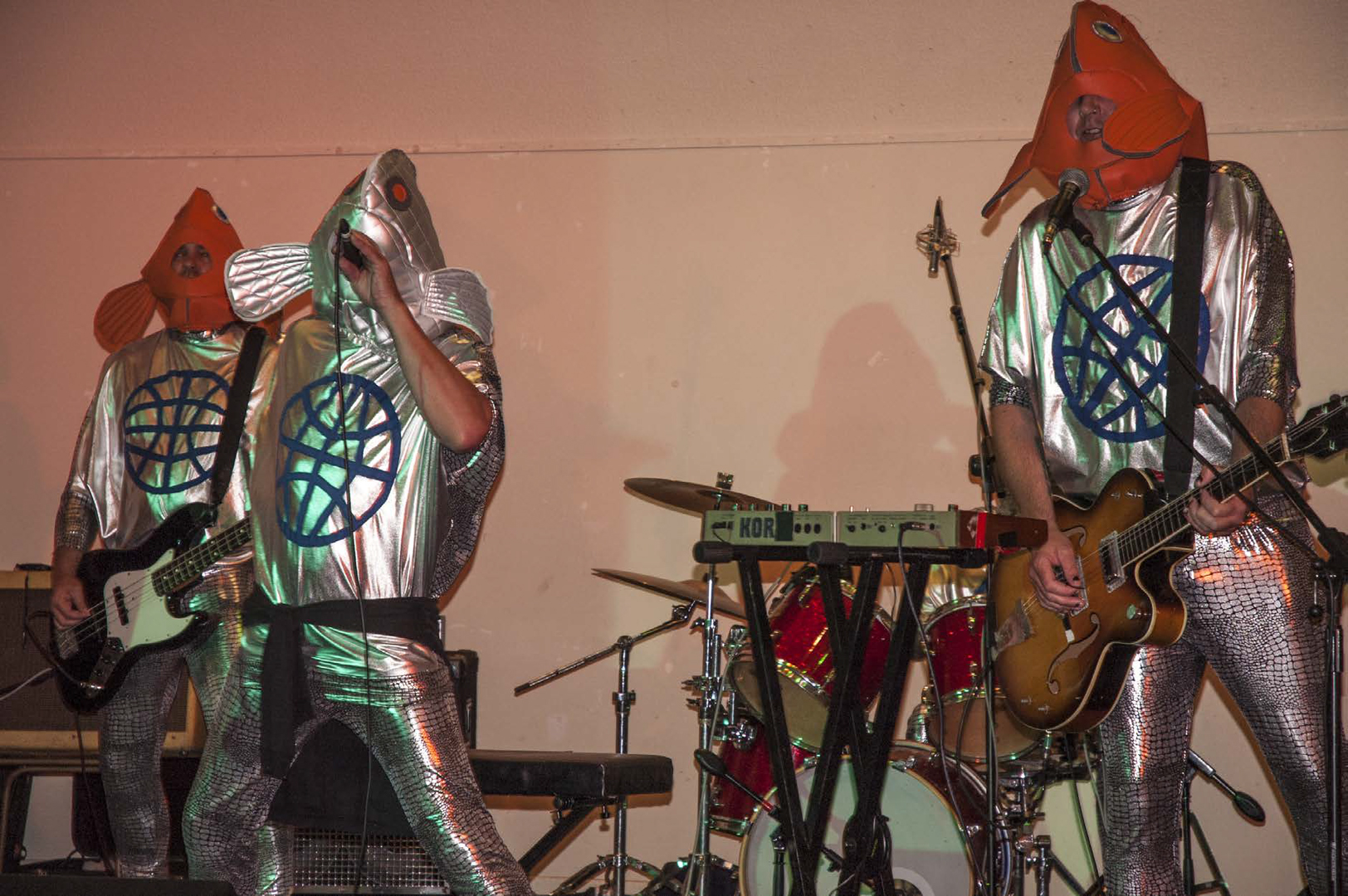The Hoover Diaries
Presentation Title:
Presenter(s):
Abstract:
The Hoover Diaries is a multimodal artwork about a globalized economy versus a local fishing industry through the prism of a double homicide in a seaside town of New Zealand. The murders affected Amanda Newalls’ own family (the crime took place her father’s fishing boat but without perpetrators or victims in her family) and since then she has distanced herself from the traumatic childhood memories. This is something she wishes to maintain, so is planning an ‘anti-documentary’ by which, instead of getting close to the crime and its personalities, she will pursue the circumstantial aspects of small town Timaru at the time. Newall plans to revisit this place by two inroads: (a) retrospective research through empirical methods such assemi-structured interviews and anecdotal data, investigative journalism and archival investigations, personal memorabilia and mnemonic revisits; (b) artistic research through multiple modes of audio-visual, sculptural, pictorial, narrative and medial distancing devices.
In artistic and conceptual terms, media, sculpture, picture making, story telling, reinvention, costume, experimental filmmaking and artistic deception/illusion will be brought into thematic scenarios. In the frame of NZ film, there is a tradition of dark disturbing yet somehow political and imaginative film making, for example in mainstream film with Peter Jackson’s Heavenly Creatures (which Newall worked on as a teenager), Jane Campion’s films and TV work including The Piano and Top of the Lake, along with TV programs such as Under the Mountain by Maurice Gee from Newall’s childhood. The media legacy will conflate with more experimental approaches to film making at the intersection of documentary and fine art imagery. Newalls work has developed from performance art, social commentary and intervention, along with darker and more B-grade influences which is why it lends itself to installation and research processes of real life. The art work will provide an opportunity to embed real environments and a storyline in Newall’s particular style and thereby blur the boundaries between fact and fiction on material conditions; it will also give her a chance to use framing devices of fine art for ostentatious purposes, as if it is a dress-up reality where the very documentation of the real stands in for its socially and formally constructed constitution.





